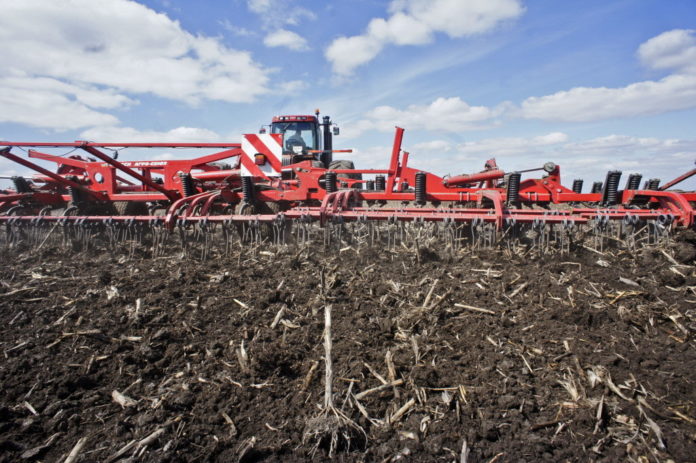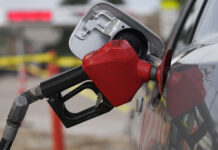
WASHINGTON – U.S. farmland values rose to a record as crop and livestock prices surged and demand for exports jumped.
The average value of all land and buildings on farms in the 48 continental states was $2,350 an acre, according to a June survey of farmers, the U.S. Department of Agriculture said Thursday in an annual report. That’s up 6.8 percent from a revised $2,200 year earlier.
Farm income may reach a record $94.7 billion this year, according to a USDA forecast. Exports for the year that ends Sept. 30 may jump 26 percent to $137 billion, the department estimates. Corn traded in Chicago is up 69 percent from a year ago, soybeans have risen 31 percent, while cattle and hogs have climbed at least 17 percent.
“The farmland market offers pretty good returns and pretty low interest rates that support prices,” said Gary Schnittkey, an agricultural economist at the University of Illinois in Urbana. “I don’t think you’re seeing a bubble,” he said in a telephone interview.
Expensive Northeast
The most expensive farmland in the U.S. was in Rhode Island at $13,000 an acre, followed by New Jersey at $12,700, according to the USDA. The cheapest land was in New Mexico, at $500 an acre. The Northeast was the most expensive of the 10 regions tracked by the USDA, averaging $4,690 an acre. The Mountain region was cheapest at $923.
Prices in Corn Belt states including Iowa and Illinois rose 16 percent to $4,590 an acre. Iowa had the biggest increase among all the states, 24 percent to $5,600 an acre.
High-quality land in Iowa, the largest U.S. producer of corn, soybeans and hogs, currently may go for as much as $11,000 an acre, said David Wrage, who sells farmland near Dysart, Iowa, about 100 miles northeast of Des Moines. Farmers are doing much of the buying, though interest from nonfarm investors is growing, he said.
“Some of the farmers are being priced out of the market, but many can still afford the additional land,” he said. “It feels like we’re getting to the upper end of this.”
The bull market in farmland values may peak this year as low interest rates come to an end, Rabobank International said last month in a report.











